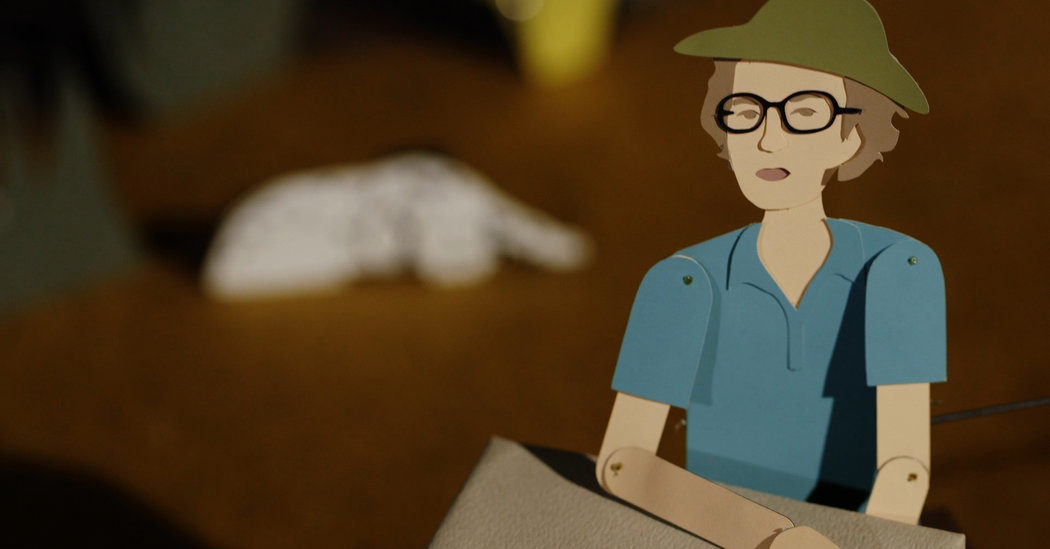Video
This new blog series will feature one educational video related to human evolution each month.
This month’s featured video is Dr. Pardis Sabeti’s talk on “Evolutionary Forces in Humans and Pathogens” from our 2016 Survival symposium. This symposium focused on evolution and the many challenges facing the survival of our species.
We chose this video for it’s relevance to the global COVID-19 pandemic, which comes in the midst of a revolution in the fields of genomics and public health.
The availability of genome-wide sequence and variation data and the ability to rapidly generate new data have created unprecedented opportunities to study human biology, evolution, and disease. These tools are making it possible to carry out studies on the microbial pathogens that affect humans, such as Lassa, Ebola, Zika, and the novel coronavirus that causes COVID-19. They also may be used to develop and apply methods to investigate natural selection in the human genome and build new computational tools for studies of genomics and public health.
Dr. Sabeti is a computational biologist at Harvard University and the Broad Institute. Her expertise is in developing algorithms to detect genetic signatures of adaptation in humans and the microbial organisms that infect humans. She was named a TIME Magazine ‘Person of the Year’ in 2014 for her work fighting the Ebola virus outbreak.
Click here to see more videos from the Survival Symposium!

